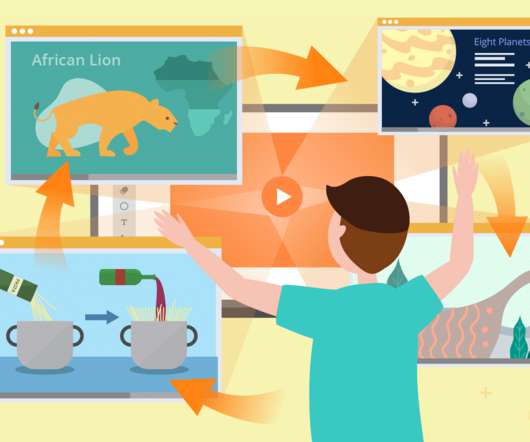Video-Assisted Learning: Using Educational Videos to Teach
ViewSonic Education
AUGUST 18, 2022
Video-assisted learning is a growing strategic teaching approach in many modern classrooms. Educational videos are now more accessible than ever and teachers are increasingly making use of this readily available resource. All you need is a display, projector, or even a smartphone. Classroom Design.















Let's personalize your content